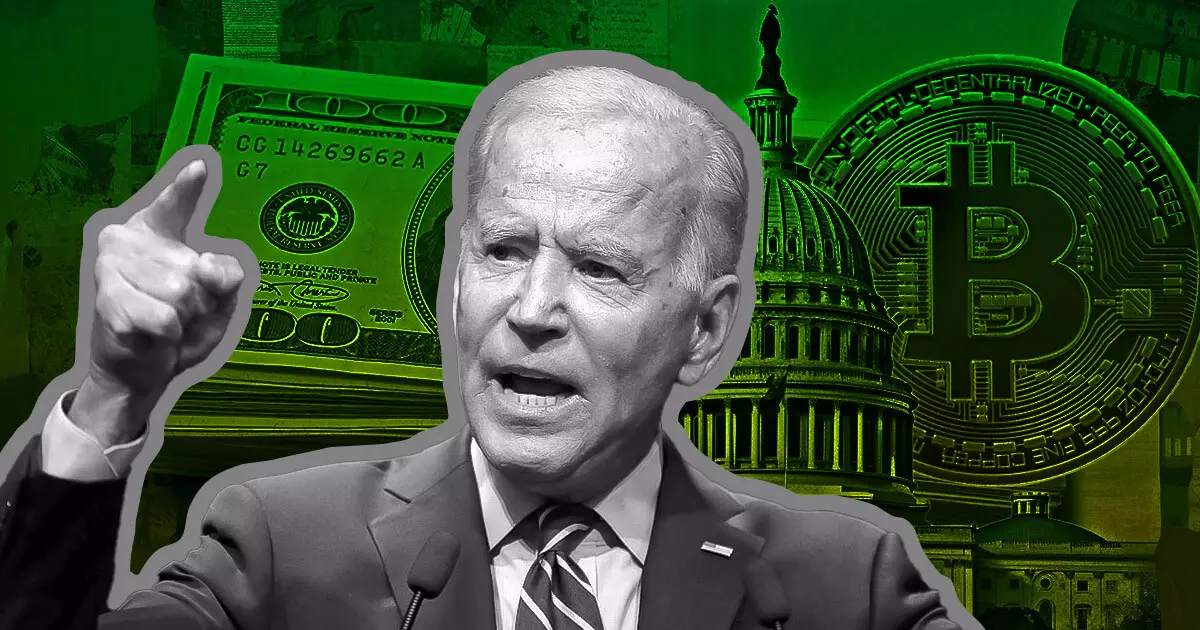President Joe Biden vetoed H.J. Res. 109 on May 31, which was a resolution aimed at overturning the SEC’s controversial SAB 121 rule. In his statement, Biden emphasized that SAB 121 represents the “considered technical” views of SEC staff and plays a crucial role in protecting the public and investors. He expressed concerns that overturning the rule would limit the SEC’s ability to address future issues and risks, undermining the agency’s authority over accounting practices.
Additionally, President Biden stated that his administration will collaborate with Congress to establish a comprehensive and balanced crypto regulatory framework that builds on existing authority and fosters innovation in the United States. This move highlights the administration’s commitment to safeguarding consumers and investors while promoting technological advancement in the financial sector.
Biden’s veto statement also alluded to a political divide, referring to H.J. Res. 109 as a “Republican-led resolution.” However, proponents of the resolution argue that it was a bipartisan effort, with significant support from both Democratic and Republican lawmakers. Despite claims of bipartisanship, voting records indicate strong Republican backing for the bill, raising questions about the true nature of the resolution.
Lawmakers supporting the overturning of SAB 121, such as Congressman Patrick McHenry, believe that the rule is overly restrictive and criticize the SEC for bypassing standard procedures in its implementation. On the other hand, Democratic Senator Elizabeth Warren contends that SAB 121 is less restrictive than its critics suggest. The American Bankers Association (ABA) also recognizes the limitations of the rule but advocates for modifications rather than a complete reversal.
President Biden’s veto decision solely addresses the specific legislative attempt to overturn SAB 121, leaving the door open for potential future challenges to the rule. The lack of direct resolution of key issues surrounding SAB 121, such as its restrictiveness and procedural validity, raises uncertainties about the regulatory landscape in the financial sector moving forward.

